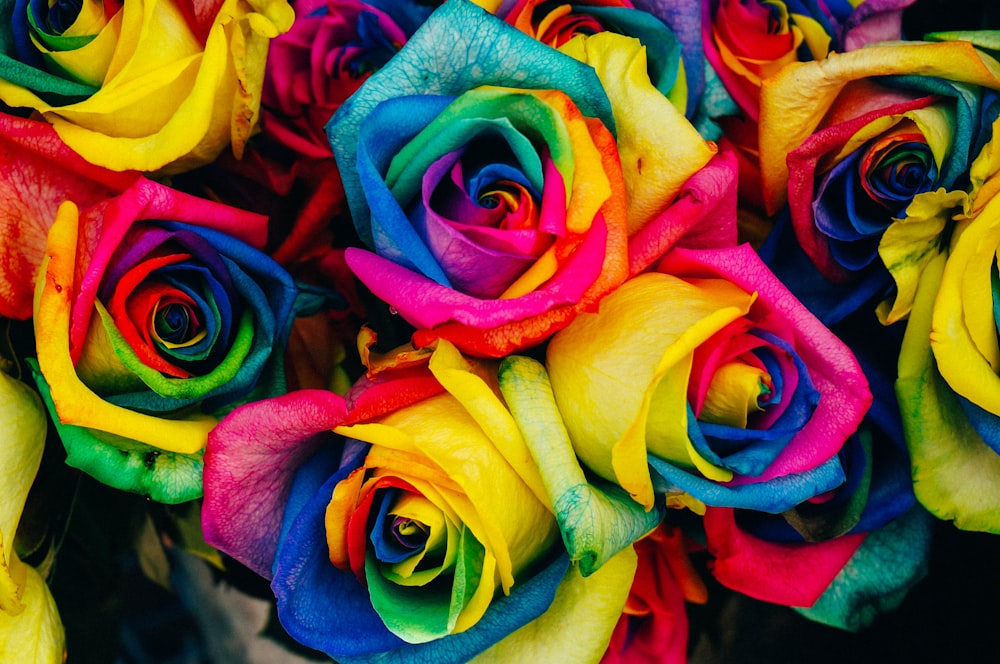Use of Colour in Advertising: How It Influences Your Target Audience And Brand

Today, we understand that the use of colour in advertising communicates specific emotions, feelings, and moods, to an audience. However, colour theory and the psychology of colour are ancient studies.
One of the earliest mentions of colour theory comes from Aristotle in his famous 4th-century BCE treatise on aesthetics, On Colour. Sir Isaac Newton developed colour theory further when he created the colour wheel in 1704.
Now, colour theory is a tried and true way to improve your marketing strategy. Different colours have different meanings, and the right use of colour in advertising can motivate an audience to favor, trust, and re-visit your brand.
How Can The Use Of Colour In Advertising Draw Customers In?
Colour lets companies sway potential customers to think and feel a certain way about their brand. Moreover, using a good colour palette defines a brand’s identity and can have a major impact in attracting both new and recurring customers.
In short– brands use colour to both influence how their audience feels, as well as attract their target audience.
Influencing Your Customers Using Colour
Specific colours elicit specific emotions and behaviours. Red signifies urgency, for example, yellow elicits happiness, and blue conveys trust.
Your colour choice influences a customer’s actions and, ideally, their purchasing experience.
Warm hues like red, orange and yellow are best for call-to-action buttons, background colour on a button badge or business card, and in social media campaigns.
Cool colours, including blue, green and violet, are on the opposite side of the colour wheel. They send messages of calmness and relaxation. Whether you are designing an infographic, a website or a print campaign, using colours with informed intention directs consumer attention to your brand and calls them to action.
Grabbing Your Customer’s Attention
Colour is typically the most attention-grabbing component of your marketing campaign.
Potential customers see colours before everything else– colours are more immediately impactful than your business name, slogan, signage, web design, etc. So, it is important to choose a colour that will draw customer’s in and make them want to know more.
Colour associations affect people all the time, whether or not they realize that influence. Because different colours have powerful emotional and behavioural effects, aligning the right colours to the proper content marketing materials is an essential advertising skill.
The Use Of Colour In Advertising: Colour Psychology
Every colour elicits a different reaction from your target market audience. Here’s how each colour can work to help your brand reach potential customers:
Red
People associate the colour red with energy, passion and appetite. Use red in your marketing materials to create a sense of urgency and vibrancy. Restaurants like McDonald’s benefit from using red in their logo because it stimulates the appetite.
Blue
Brands use the colour blue to communicate trust, tranquility and reliability. Therefore, many financial institutions, tech companies and news outlets use blue in their branding. Blue reinforces a sense of authority. Spas often use cool blues to invoke the serenity of clear skies and flowing bodies of water.
Green
According to colour psychology and theory, green has two apparently divergent associations: nature and money. Brands choose green to suggest financial wealth or sustainability. That is why both eco-friendly companies and banks use the colour green in their marketing.
Purple
As far back as the early Roman empire, purple has been a colour associated with royalty, wisdom and creativity. The ingredients to make this colour were so rare and expensive that it was at one time exclusive to royalty. Retailers use purple to promote a sense of affluence and exclusivity. People also associate it with power, imagination and magic.
Black, White and Grey
The colour black evokes mystery, elegance and exclusivity. Marketers use grey and white to associate brands with maturity, elegance and authority. White also communicates purity and can be a powerful advertising colour.
What Happens if You Choose The Wrong Colours?
The wrong colour choice can have a devastating effect on an otherwise sound marketing campaign. If your colours do not match your company values and your campaign purpose, customers may feel dazed and confused instead of energized and motivated.
A company shouldn’t use colours like pink and purple if they want to convey dependability or authority, as we associate those colours more with immaturity and whimsy. A company that wants to express cheerfulness and excitement should not use a black and grey palette.
Brands that are widely recognizable gained their audience through the colours they use in both their marketing and branding. Enterprise companies like McDonalds wouldn’t be as recognizable without those red and yellow arches. That company has achieved excellent brand identity through careful colour choices.
Where to Print Your Marketing Materials
Choose a high-quality print shop with as much care as you choose the right colours for your marketing materials. Colour moves the world, and you need a print company that understands this. Banana Print has the aesthetic knowledge and the quality materials to spark your imagination and bring your colourful, creative marketing ideas to life.
Whether you’re creating banners, business cards or other documents, Banana Print has the right colours and the widest array of marketing materials to inspire your customers and energize your small business.
